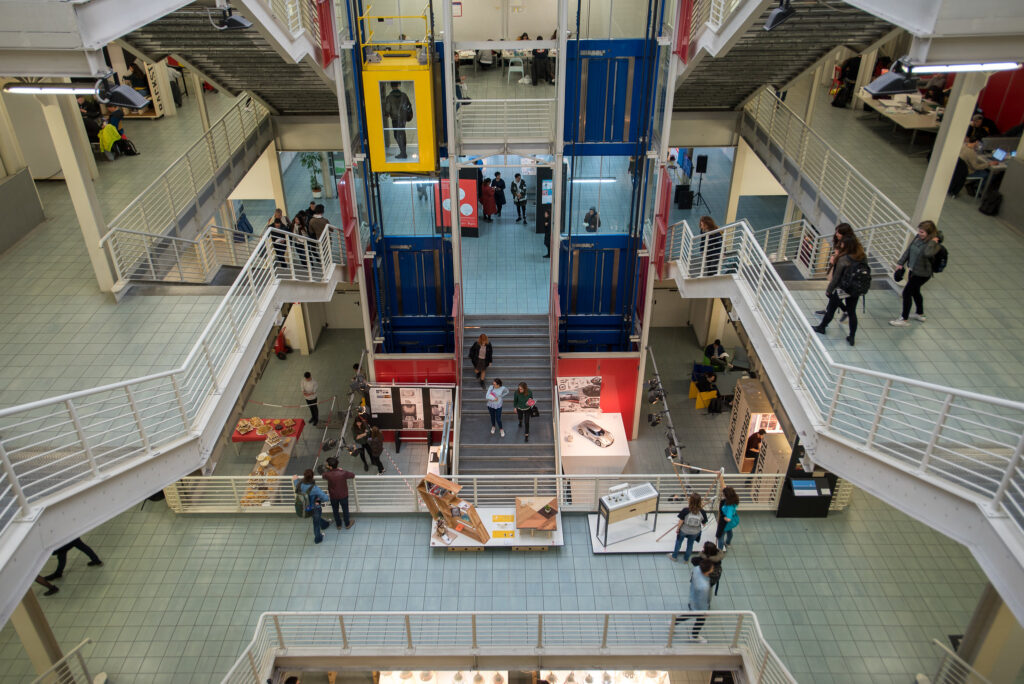
Italy’s first degree programme in Industrial Design
Milan has a rich history of design as an activity and a profession, which arose at the beginning of the last century out of the material culture of craftsmanship and industry in Lombardy and exploded with originality and prestige in the ‘50s, following the First World War.
Industrial design is the practice of overseeing the planning and development of industrial products, complementing the culture of design with that of technology and management.
Milan, alongside the Politecnico, was chosen specifically as the place for the first degree programme in Industrial Design in 1993. Many would find this hard to believe, but in a country symbolising global design, there had been no course recognised on an academic level until that point.
At the time, the Politecnico was already a pioneering place of education, a meeting point for different cultures that united architectural and artistic studies, defined by its creativity and the study of questions of form, alongside technical, scientific and engineering matters.
Many of the professors were leading figures in Italian design: Carlo de Carli and later Achille Castiglioni were full professors of Interior Design and Architecture; Marco Zanuso and Raffaella Crespi were designers and full professors in the field of technology.
The journey was started by a small group of professors, including Tomás Maldonado (founder of the first research doctorate in Design in Italy in 1990) and Cesare Stevan, while Alberto Seassaro was appointed to manage and develop the faculty. He was also the first President of the Laurea (equivalent to Bachelor of Science) programme in Design (from 1994 to 2003) and subsequently the first Dean of the faculty (from 2000 to 2010).
Armed with their experience in research and teaching and their vision, at the beginning of the ‘90s they recognised the need to educate new professional figures that were capable of independently tackling issues relating to the design and planning of products and manufacturing processes. But that is not all.
Stretching back to its origins, the School has aimed to prepare designers that are seen as professionals with an overall, multidisciplinary vision which is practical but also critical, in order to interpret the complexity of the situations in which they find themselves working.
They shall possess the cultural, critical and analytical tools to tackle such issues, to understand, guide and elicit the profound changes that are taking place in the socio-economic, technological and environmental context in which the industrial designer’s activity is carried out.
from the charter for the Laurea programme in Industrial Design, about the graduates of the new course
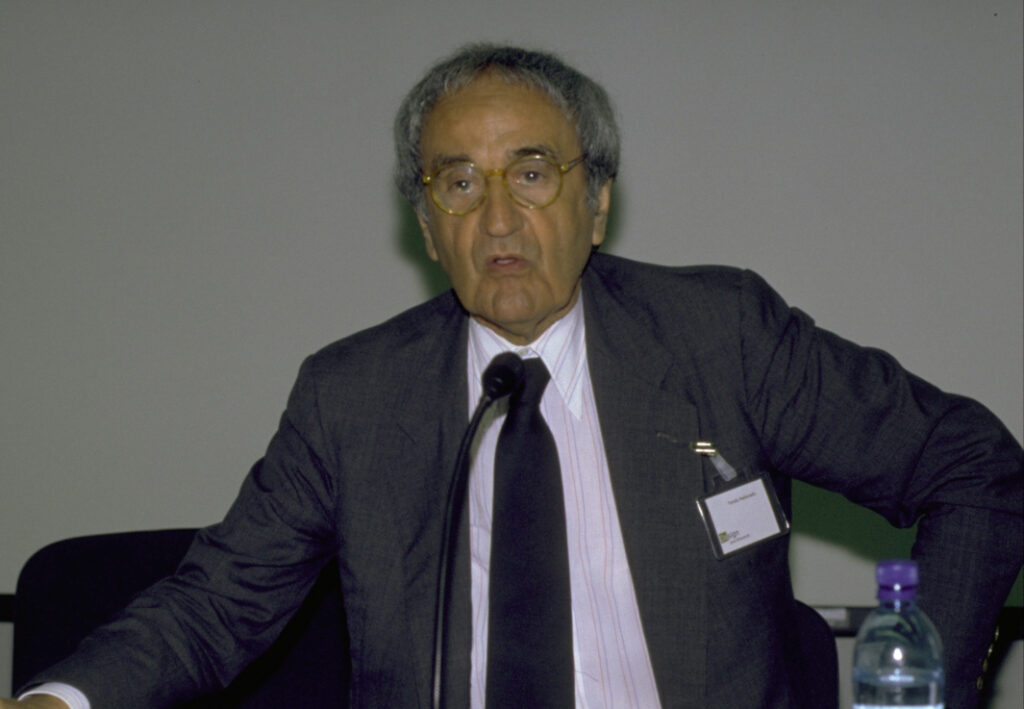
A new School
Separation from the Laurea (equivalent to Bachelor of Science) programme in Architecture came later, between 2010 and 2015.
From the outset, the degree programmes offered by the school were shaped by a close relationship with the industrial areas in the surrounding region. The strength of Italian design was and is linked to widespread, high-quality artisan businesses which provide the impetus for entrepreneurial activity in the region.
The conceptual inclination arising from this relationship with artesans would become a constant in the development of the programmes, which would work on a teaching method of “learning by doing” that would be an original feature of teaching at the Politecnico and, as a result, the Italian approach to teaching design, compared to Anglo-Saxon empirical experience characterised by a strong influence from Beaux-Arts or that of Bauhaus which is characterised by extreme scientific rigour.
In this regard, the creation of the system of laboratories thought up and planned by Alberto Seassaro would be fundamental in ensuring quality teaching, through practical knowledge of specific instrumentation and complementing professors of specific techniques with design expertise and qualities capable of assisting the student in the prototyping and eventual production of finished, functional products.
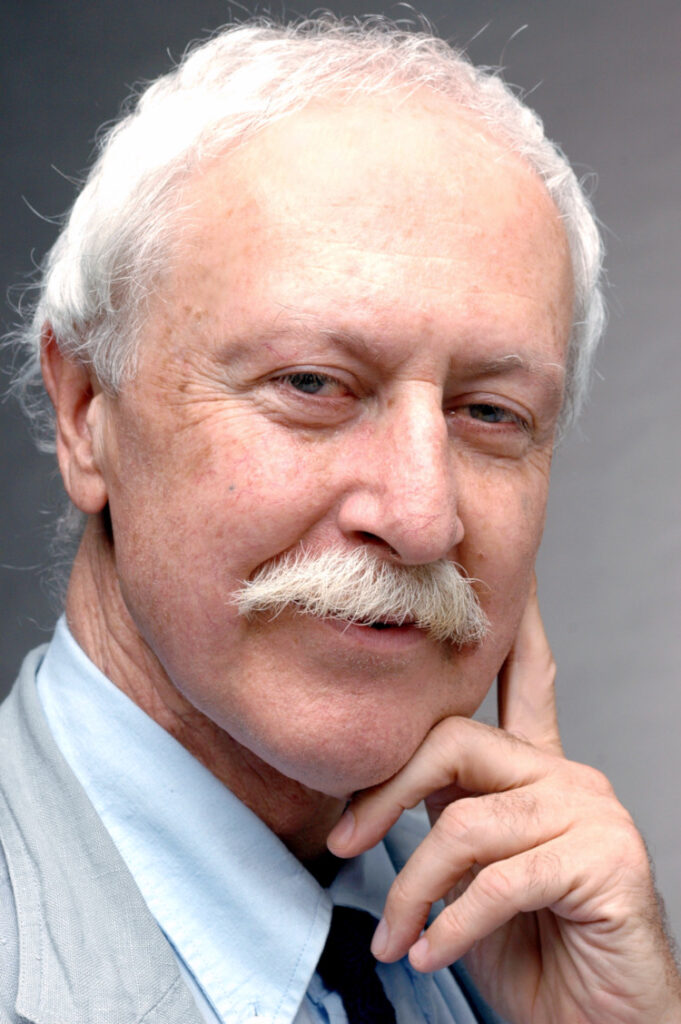
The Laurea Magistrale (equivalent to MSc) programme in Product Service System Design
One of the most School’s most important moments was the launch of the Laurea Magistrale (equivalent to MSc) programme in Product Service System Design in 2015.
The intention was to welcome the many international students wanting to study design in Milan. The goal was to outline a sufficiently broad and interdisciplinary programme capable of attracting and educating designers with a broad, systemic vision, who were capable of tackling complex problems and bringing sustainable innovation to the business system, to institutions and to contemporary society. On the one hand, the aim was to convey the identity and unique characteristics of Made in Italy design, which has traditionally been defined by a high degree of multidisciplinarity, and, on the other hand, to relate this approach to the dynamics of innovation taking place globally.
Subsequently, further pathways have been introduced in order to broaden the scope of training from the traditional sectors of “Made in Italy”, to include the new frontiers of intangible products.
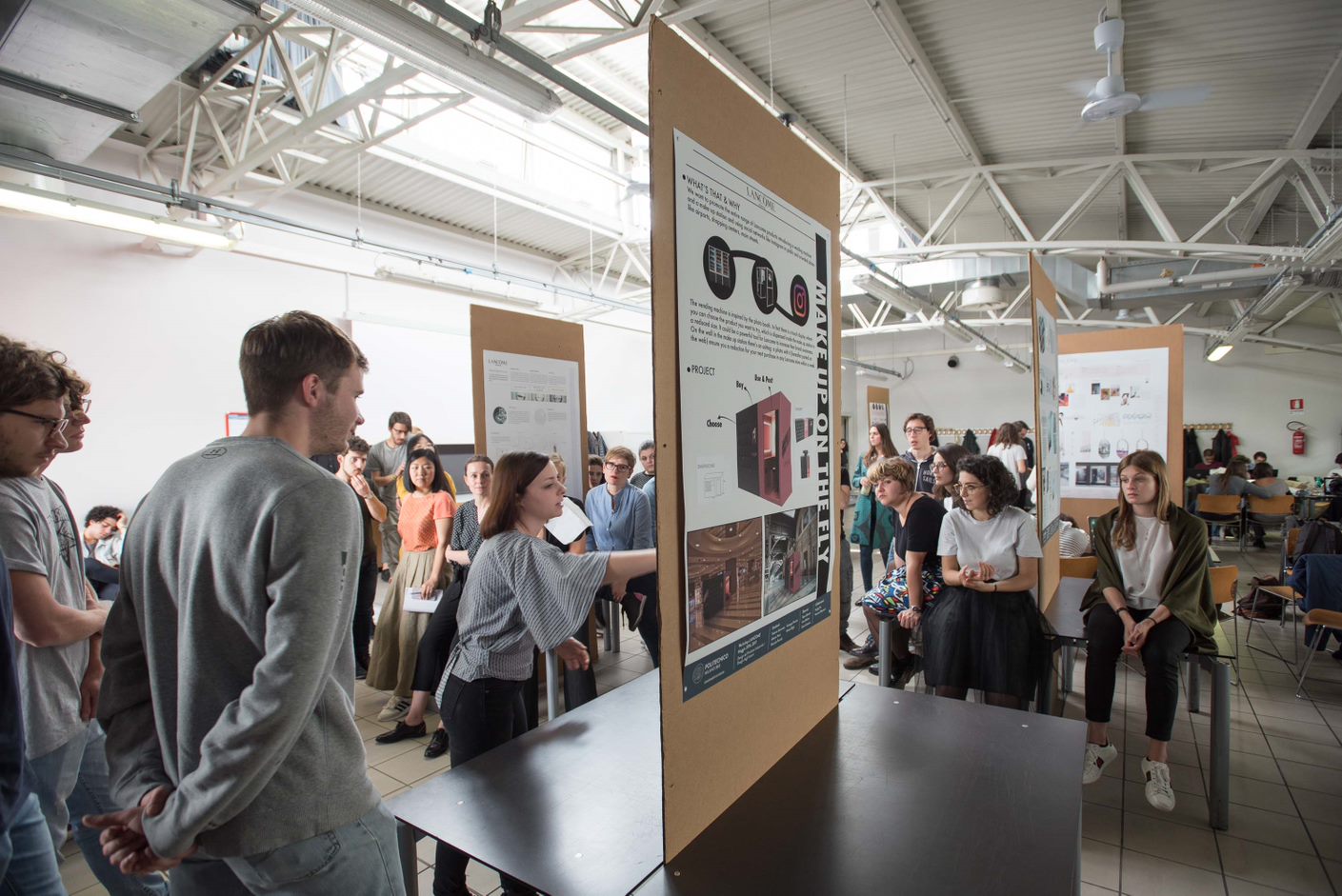
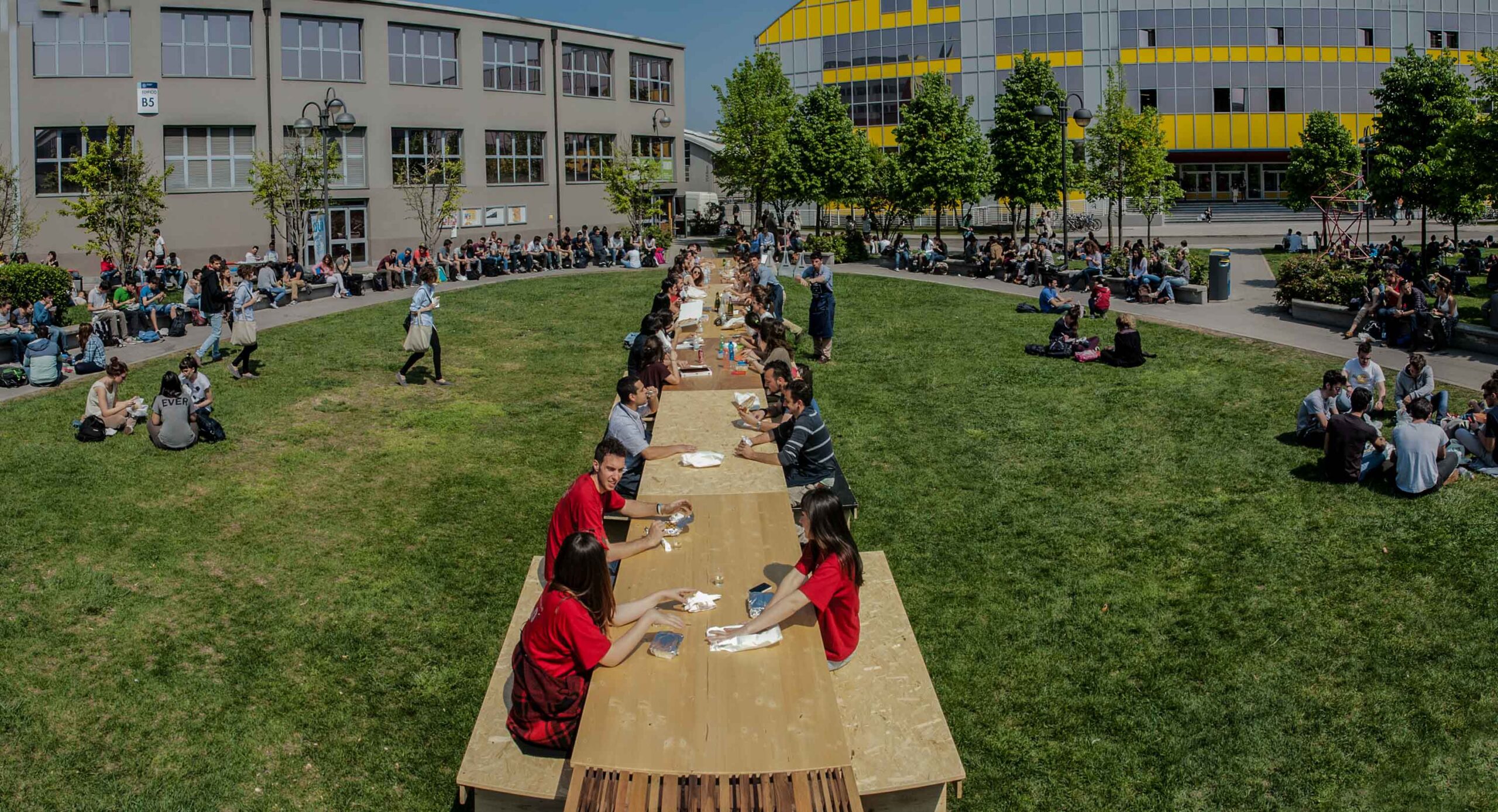
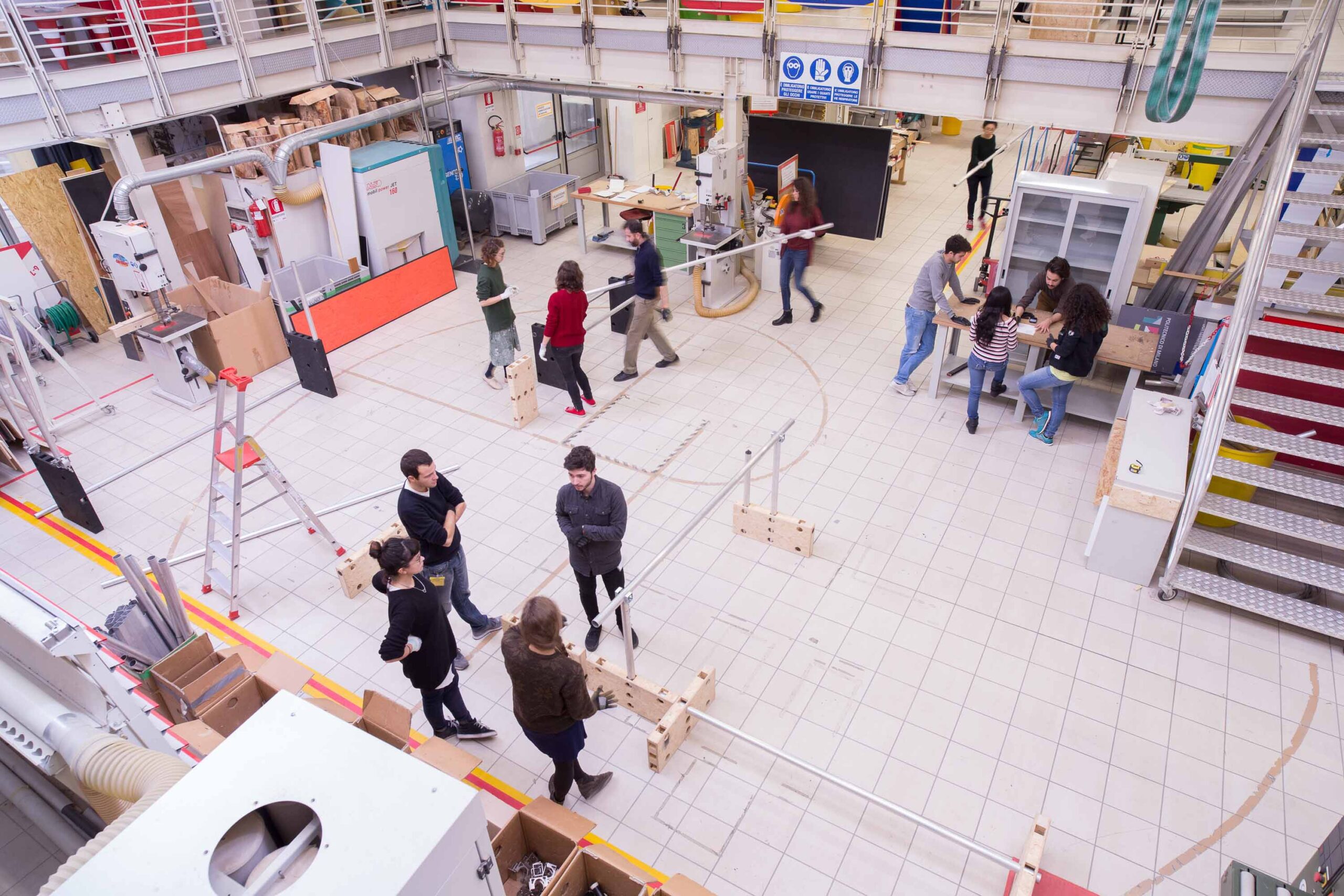
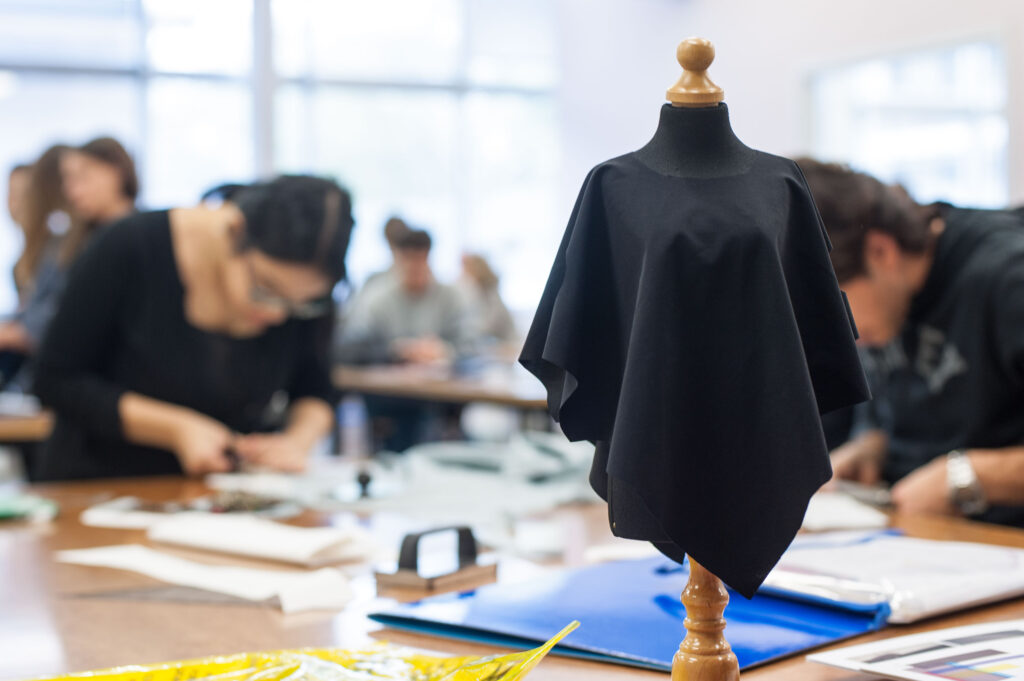

Internationalisation
Another aspect that proved to be crucial was the introduction of teaching in English; a first in Italy for a design course.
It was a decisive step in the School’s development. The student population was increased by the enrolment of international students and the preferences of exchange students. The number of international professors that could teach at the Politecnico also increased, bringing expertise and perspectives that are often very different to those of lecturers born in Italy.
The QS Rankings, a prestigious classification of the top universities in the world are proof of this important but necessary step. In the field of “Art & Design”, the School of Design has climbed towards the top of the table, currently sitting in fifth position worldwide based on academic reputation and employer reputation.
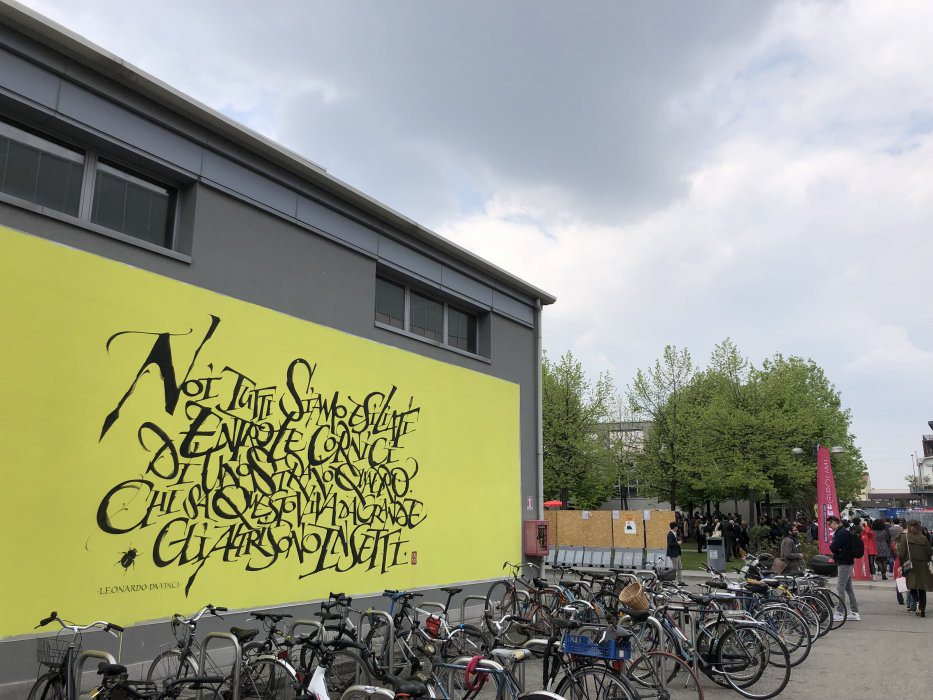
Creation of the Polimi Design System
The School of Design, the Department of Design and the POLI.design consortium make up the Polimi Design System, an integrated unit that carries out research, prepares young designers, plans and delivers courses and masters for continuous learning in collaboration with businesses, bodies and institutions.
The POLI.design consortium was established in 1999. It is precisely through this system of consortia that the university has developed a genuinely international teaching offering.
The INDACO Department (Industrial Design, Arts, Communication and Fashion) was established in 2002 as the first Italian department for research in design. Its founding group incorporated theories, methods, tools, techniques, philosophies and cultures of design, of planning, of material, communicative and service products, or rather of the product system and the environment system pertaining to advanced industrial economies.
The years following its foundation were steeped in a great deal of energy, incessant experimentation, the invention of organisational models. They were challenging, transformative years in which Alberto Seassaro dragged his colleagues into the whirlwind of his vision and intelligence of the future.
The Department of Design as we know it today was formed from the INDACO Department in 2013 as part of the university’s new statute. With this new title, all other variations were shed and the term “design” was reasserted in terms of its strength, versatility, beauty and ambiguity, focusing the attention on design as a project.
This oneness arises from the internalisation of the lessons of the teachers that preceded us: teaching that comes from always looking at the world with an unbiased, critical eye, which is not content with what there is, but continually driven to find new balances in the relationships between people, objects and surroundings.
Arturo Dell’Acqua Bellavitis, Dean of the School of Design 2010-2015
The recent “reunification” of the three institutions – the School, the Department and the Consortium – in the same place at the Bovisa Candiani Campus, has proven to be an extraordinary opportunity.
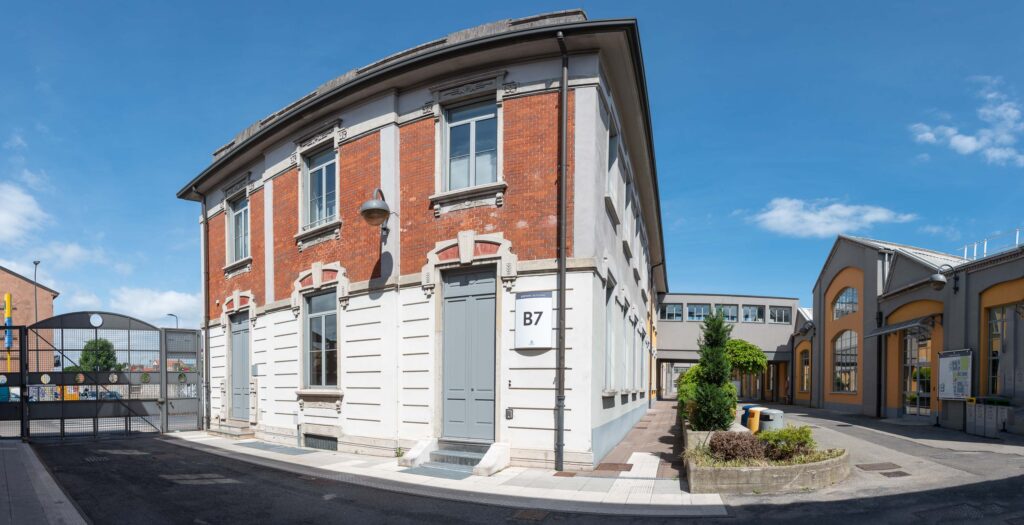
The present and the future
Almost thirty years have passed since the beginning of this adventure, and many great teachers have walked the Politenico’s hallways, giving nourishment to our tradition and bestowing prestige by collaborating in the creation of rich cultural heritage: Franco Albini, Gio Ponti, Alberto Rosselli, Piergiacomo and Livio Castiglioni, Richard Sapper, Jonathan De Pas, Donato D’Urbino and Paolo Lomazzi, Gae Aulenti, Alberto Meda, Tomás Maldonado, Vico Magistretti, Angelo Mangiarotti, Alessandro Mendini, Ettore Sottsass, Bob Noorda, Italo Lupi, Andrea Branzi, Michele De Lucchi, Ico Migliore, Mario Piazza and more recently, Fabio Novembre, Odo Fioravanti, Raffaella Mangiarotti and Francesco Franchi, to name just a few.
Today, the community of the entire Polimi Design System exceeds 800 people, between professors, researchers, temporary research fellows, PhD students and staff.
It has become more complex from many points of view. The scope of design is continually widening and it is constantly being redefined theoretically. However, the Politecnico di Milano has always had the ability to adapt to these changes.
The most recent course established is in Digital & Interaction Design, which has been created with a “multidisciplinary” approach for the first time, centring on the themes of digital innovation and interaction across various aspects of design.
In 2018 the Department of Design was announced as a “Department of Excellence” by the Italian Ministry of Education, University and Research.
By making use of its history, the Design System at the Politecnico di Milano is investing in a multi-skilled and multidisciplinary future: to create the basis for the versatile approaches and styles of the designers of today, who will be aided by a “toolbox” which is increasingly rich in knowledge and varied applications.
